For Ken Lai*, a restaurant operator in Kwun Tong’s Camel Paint Building, opening an eatery in a factory block proved to be a low-cost way to start his business and test out his concept in Hong Kong.
“This place can allow me to achieve what I want to do, I can see if I have the ability or if my idea has any issues,” the 30-year-old said.
Lai, who started his business selling healthy Western-style cuisine several months ago, said: “If this concept works, I won’t spend the rest of my life having my restaurant in a factory building, I will then move to a store on the street.”
Do you have questions about the biggest topics and trends from around the world? Get the answers with SCMP Knowledge, our new platform of curated content with explainers, FAQs, analyses and infographics brought to you by our award-winning team.
Lai noted he was likely to pay two to three times more in rent for a ground-level storefront, with the size shrinking considerably as well. His restaurant is not the only one in the building. There are several others offering Chinese, Korean and Japanese items on their menus.
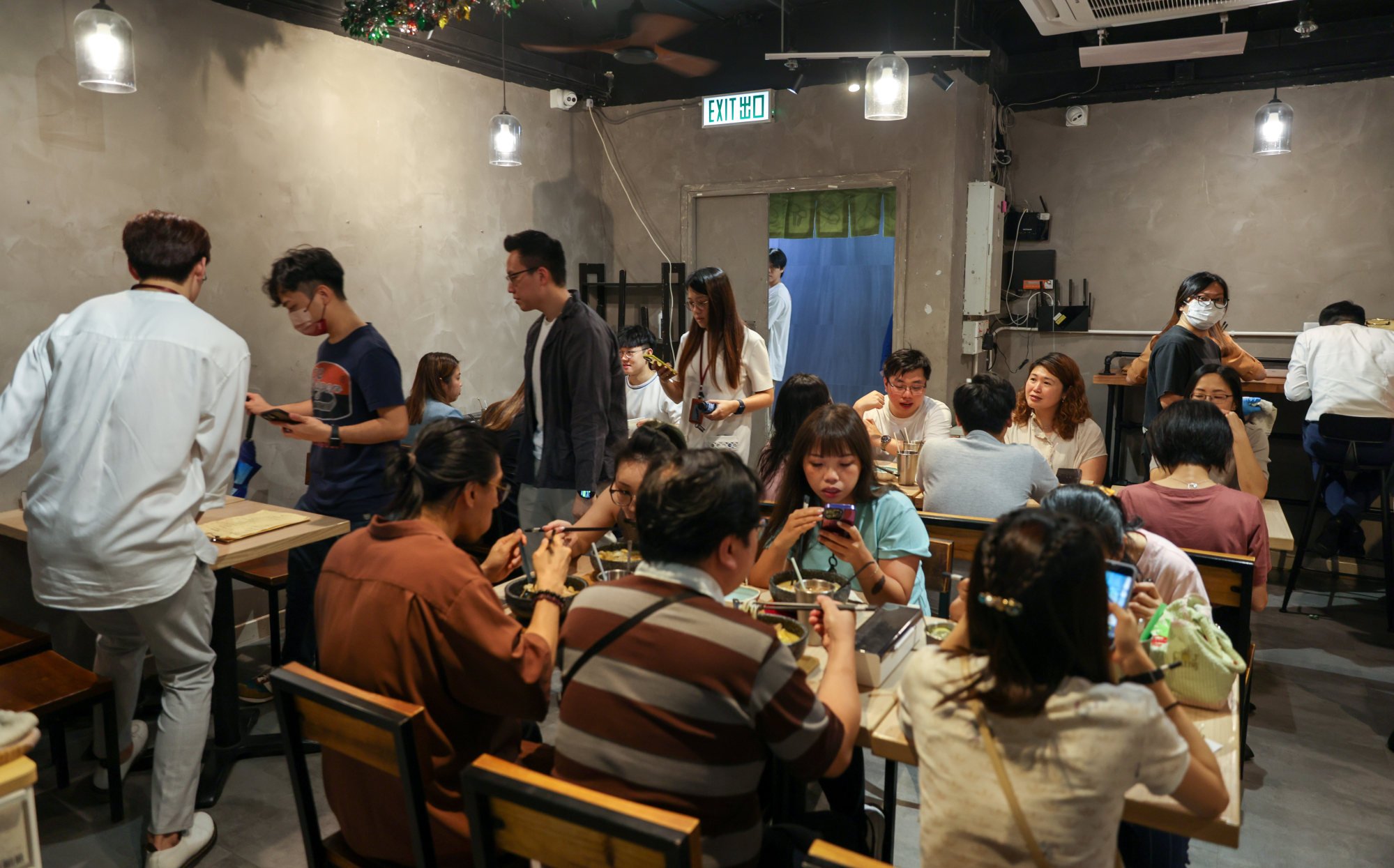
All of them are taking a big risk. Under government regulations, restaurants that open to the public are not allowed to operate in factory buildings.
Only factory canteens that serve workers in the same building can operate dining facilities. Furthermore, the size of all canteens in a building cannot exceed 10 per cent of the block’s gross floor area.
Those unable to apply for a factory canteen permit like Lai have worked around the system by obtaining a food factory licence, but the catch is that they are not supposed to allow customers to dine on their premises. Many however, openly flout this rule.
Hong Kong’s old buildings are crumbling. Why aren’t they being repaired?
A recent government enforcement action on one restaurant, Kwong Wing Mixian, one of thousands of “yellow shops” in the city that sprouted up in open support of the 2019 anti-government protests, inside Camel Paint Building has reignited debate on industrial building usage and whether the policy is outdated.
On August 26, Kwong Wing Mixian’s owner revealed on Facebook the Lands Department had sent the business a letter demanding its closure as it had breached rules.
The restaurant did so soon after, sparking accusations authorities had specifically targeted the store over its political background, as there were also other eateries in the same building.
Asked by reporters about the closure, Secretary for Development Bernadette Linn Hon-ho insisted that any lease breaches would be dealt with by the Lands Department, pointing out other units in the building had also received notices to vacate.
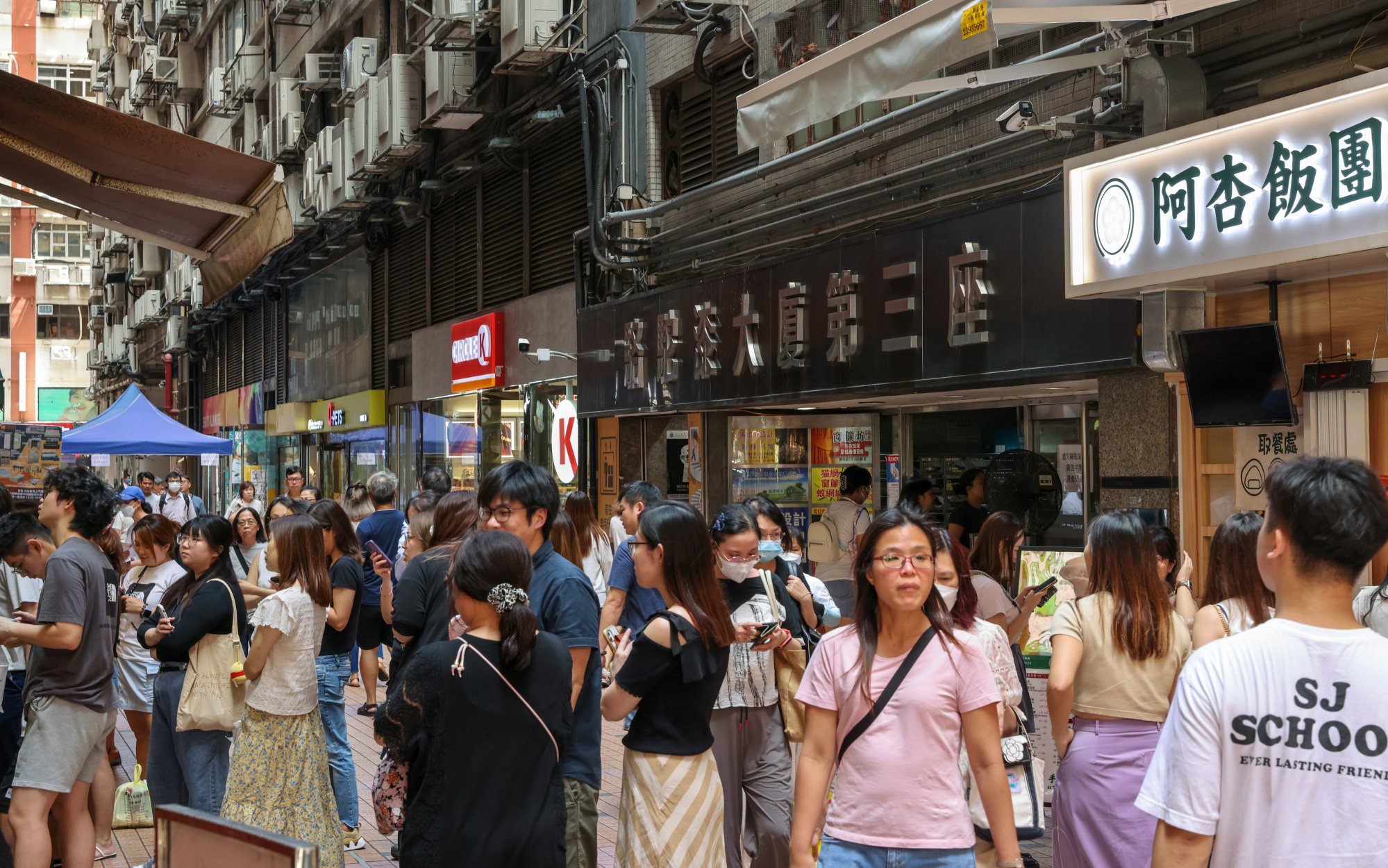
Lai was also hit by the enforcement move, as he weathered a 70 per cent drop in business because he closed his outfit for a week to avoid inspections, and customers were slow to return following the Kwong Wing Mixian saga.
He said his store was still only serving about 20 to 30 per cent of its usual number of diners at lunchtime after the crackdown.
Despite the risks, Lai does not intend to call it a day.
“The only thing I can use to describe my state of mind is that I feel resigned,” he said. “You have no choice as you have already invested money here, so it doesn’t make sense to leave unless the government gives me my money back.”
As such restaurant owners continue to play hide-and-seek with authorities, the catering, planning and surveying industries have urged for a change in the rules to accommodate society’s needs and speed up the revitalisation of old industrial buildings to provide spaces for businesses to survive while guaranteeing public safety.
Slow take-off
Lai’s struggles are also felt by cafe chain HOW, which touts Western food and Japanese home-decor products. The team behind the business, now with three shops in Causeway Bay, Tsim Sha Tsui and Tsuen Wan, started its “lifestyle concept” experiment in 2016 in a humble industrial building in Kwun Tong.
In the 10,000 sq ft unit, the owners sold coffee and sandwiches along with wooden furniture and ceramic tableware, while the premises also featured a hair salon as well as space for local artists to hold exhibitions and workshops.
But they were forced to close in 2020 after they were found to have violated the terms of their food factory licence, which did not allow customers to dine in. Officers also said the shop breached the building’s land lease.
The team then spent half a year to find a new place in Tsim Sha Tsui to relaunch as a cafe in April 2021. With support from regular patrons, they broke even and opened their second branch in Causeway Bay after nine months, further expanding to Tsuen Wan last October.
Can tech improve Hong Kong food safety? Hunger for transparency spurs innovation
Despite the growing business over the years, back office worker Frankie Lai said his boss and the HOW team still missed their airy industrial unit, given their current cafes at 2,000 to 2,500 sq ft each only had room for home-decor products but not furniture.
“Our brand image is to provide a spacious and comfortable environment,” he said. “Malls do not have such a big space. Renting the same area, I think we need to pay nine times what we paid back then.”
According to Tony Lo Chin-ho, executive director of commercial and industrial property agency Midland IC&I, rent at industrial buildings could cost around HK$10 to HK$20 per square foot, depending on their age and condition, while that at malls could reach up to HK$80.
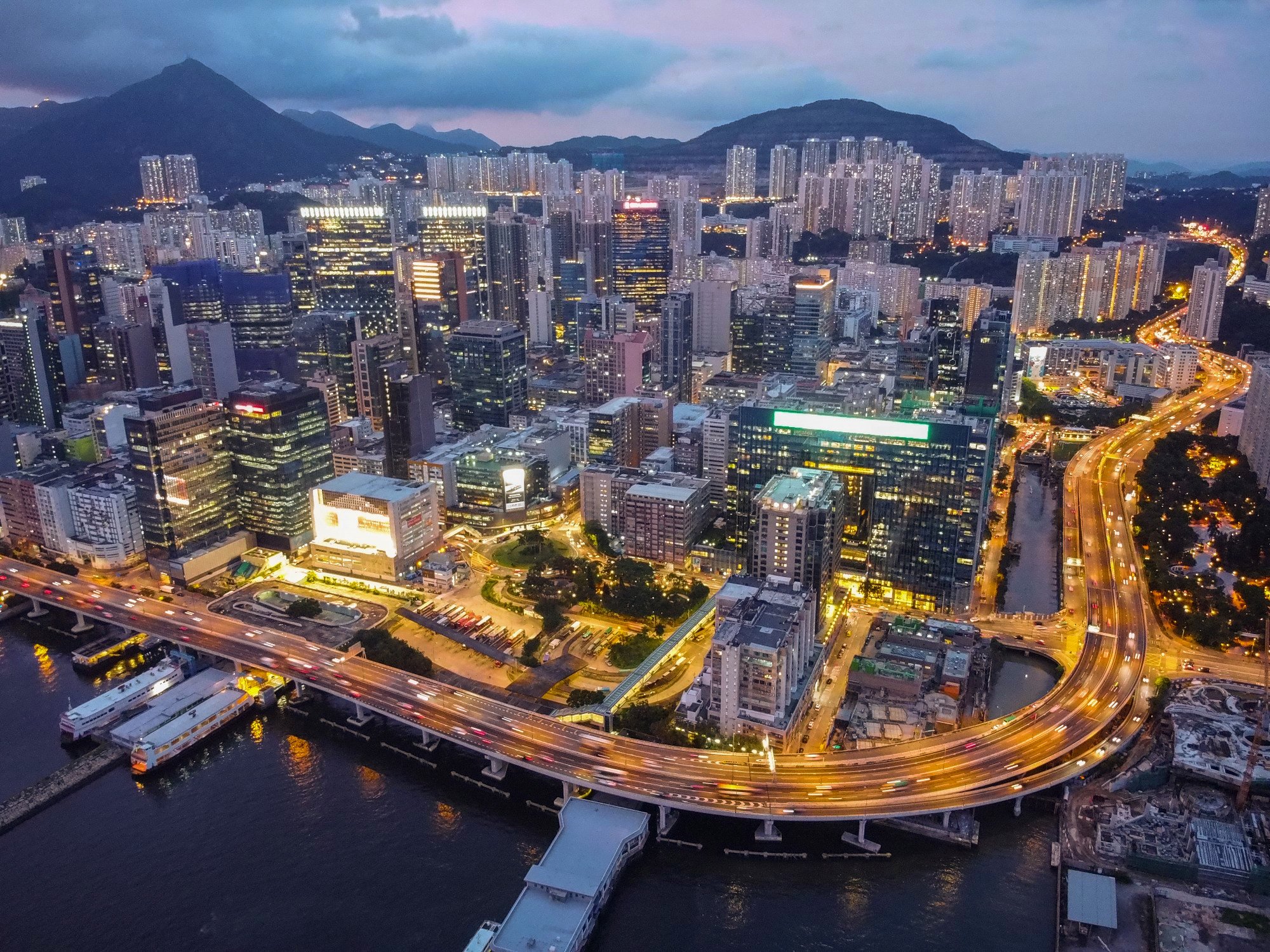
There are about 1,400 industrial blocks in Hong Kong that were once packed to the gills as the city rose to become a manufacturing hub for textiles, garments, plastic, toys and electronics factories after the second world war.
Kwun Tong was one of the key industrial areas, where factories sought labour in nearby public housing estates and squatter huts. The workforce reached 200,000 in the mid-1980s.
But when industries relocated to mainland China as the country provided cheaper labour and more land to lure businesses following its economic reforms, Hong Kong’s manufacturing star dimmed. As factories left, the buildings were emptied out.
Many were redeveloped or refurbished into housing estates, hotels and commercial buildings as the government launched schemes to incentivise owners, such as lowering land premiums and increasing redevelopment potential, to turn former manufacturing bases into business districts in the 2010s.
Hong Kong ‘will revive monorail plan, propose fixes’ for Kai Tak transport woes
For instance, Kowloon East, which covers Kwun Tong, Kowloon Bay and the former Kai Tak Airport, now has a total of 3.2 million square metres of commercial or office floor space, with more under way.
But the revitalisation process has remained slow over the years, partly because nearly 70 per cent of industrial buildings – around 900 – had multiple owners. This made agreements on redevelopment much harder to reach.
The authorities in 2021 interviewed 18 out of 30 owners whose buildings were single-owned, completed before 1987 with no redevelopment progress, and most expressed no intention to revitalise their properties due to unattractive financial returns and disruption to owner-occupier business operations.
One of the more notable examples of a successfully revitalised industrial building is The Mills in Tsuen Wan, a former textile factory that has been transformed into a retail, heritage and innovation centre.
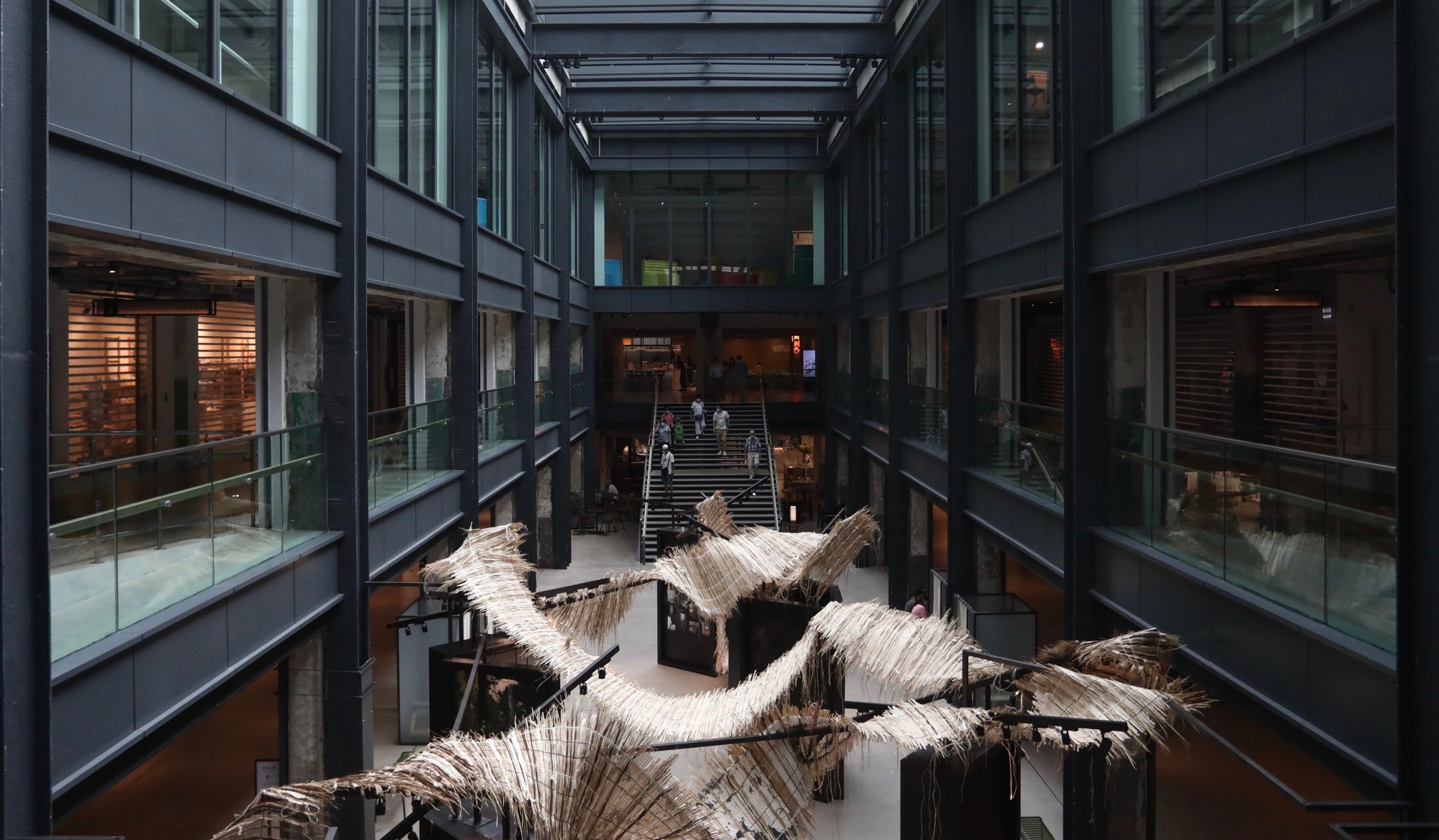
A business breeding ground or a fire hazard?
As of June 2021, Hong Kong had 1,342 private industrial buildings. Topping the chart was eastern Kowloon, with 323 such blocks, followed by Tsuen Wan’s 311. The rest are scattered around Tuen Mun, Fo Tan and Cheung Sha Wan.
With a gross floor area of 27.24 million square metres, these 1,342 buildings had around 49 per cent of space used for storage with another 9 per cent dedicated to manufacturing. Office use took up a fourth of the total floor area.
Amid the stagnant redevelopment pace, the huge workforce in some of these industrial areas in the meantime presented a moneymaking opportunity for food operators.
The number of licensed food canteens in industrial buildings rose from 455 in 2012 to 484 as of July this year, while the number of licensed food factories doubled from 5,531 in 2012 to 10,998 this July. Among all districts, Kwun Tong accounted for about one-third of the canteens and one-tenth of food factories.
Firefighters take 10 hours to bring blaze at Hong Kong building under control
As one of 326,400 workers in Kwun Tong district, video producer Dennis Chan, in his 30s, often buys takeaway lunchboxes from eateries at industrial buildings, costing him under HK$50 a meal.
He rarely goes to the 900 restaurants and light refreshment outlets mostly located in malls and commercial buildings as his lunch bill would easily be doubled.
“Kwun Tong simply does not have sufficient restaurants to support the enormous working population. People need to queue for up to 20 minutes at quality restaurants but these places are very crowded,” Chan said.
“The restaurant ban in industrial buildings is outdated ... These restaurants at least allow workers to have more choices and a good lunch break.”
Hong Kong’s crumbling old flat tenants left in lurch amid property downturn
A human resources officer, who only wanted to be identified by her surname Tang, said she also hoped to see more lunch options near her office at Cheung Sha Wan, which holds 90 industrial buildings.
“But I can only feel safe eating there if they are operated safely and legally,” the 29-year-old said.
Tang said she had concerns about fire safety as she noticed the industrial buildings had unclear evacuation notices with stairways blocked by rubbish and fire doors locked. “It will be very scary if they are not up to the fire safety standards.”
According to official figures, as of June 2021, two-thirds of the 1,342 industrial buildings citywide were built before 1987 when fire safety construction standards were lower, with many lacking automatic sprinklers. East Kowloon accounted for most of such aged buildings, namely 227 blocks.
Hong Kong hawker food likely to return to Temple Street, but fire may be off menu
Hong Kong experienced its longest-burning fire in June 2016, which broke out at a storage facility inside the Amoycan Industrial Centre in Ngau Tau Kok, a complex built before 1987. The blaze lasted for more than 100 hours, costing the lives of two firefighters.
Following the incident, the government amended ordinances to require that such old industrial buildings completed before 1987 upgrade their fire safety equipment, such as installing automatic sprinkler systems and improving fire resistance.
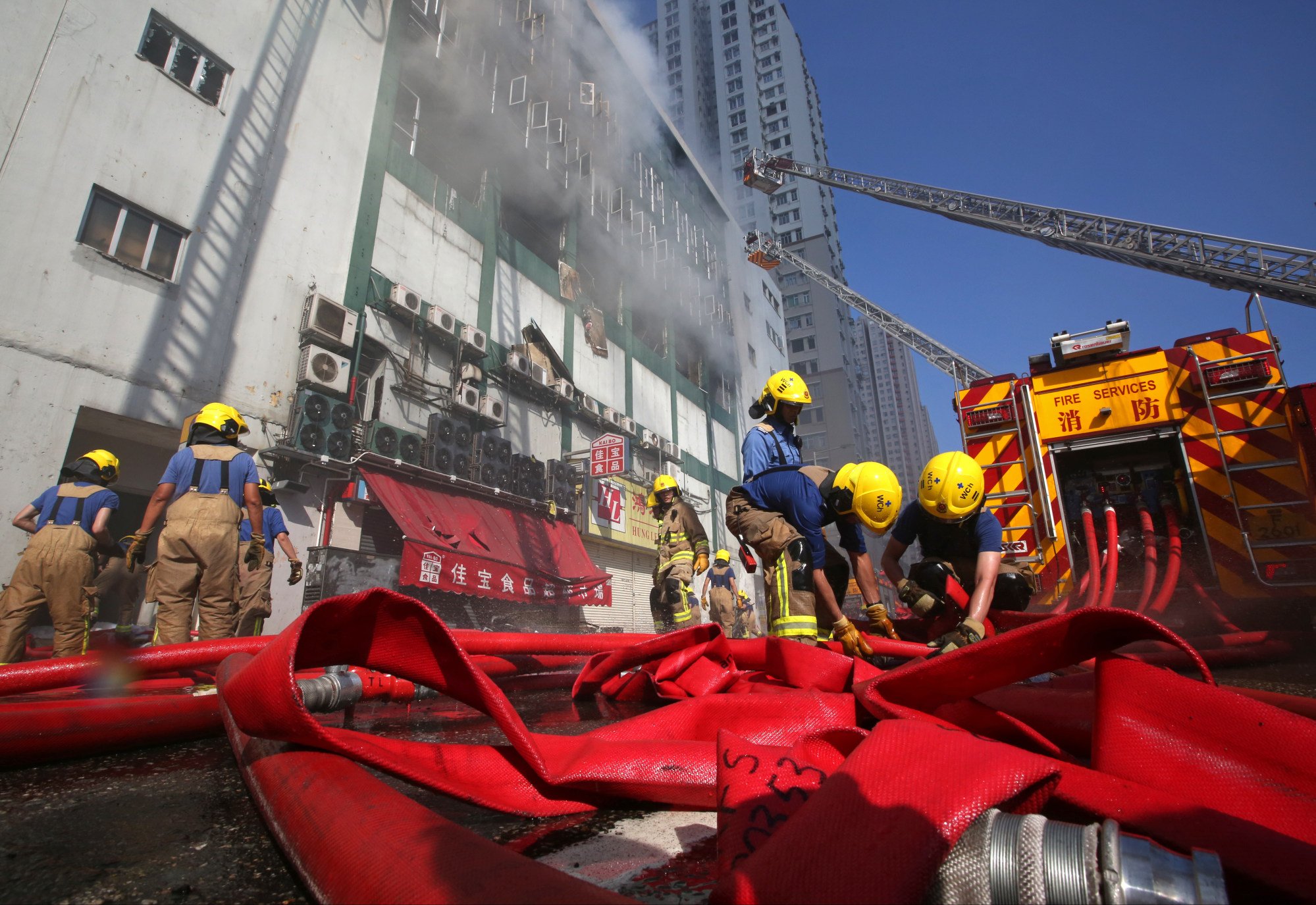
Despite calls for legalising restaurant operations in industrial buildings, Theresa Yeung Wing-shan, vice-president of the Hong Kong Institute of Planners, said the government had to be cautious about the proposal.
“Restaurants use open flames to cook their food. It can easily trigger a fire and pose a danger if there are nearby industrial operations involving chemicals,” she said.
Yeung added that industrial buildings were not designed to accommodate outsiders who were unfamiliar with the environment.
“These buildings have large and deep floor areas. They are not designed like a shopping mall or an office building ... If a fire breaks out, outsiders can hardly evacuate as they do not know the directions,” she warned.
But Yeung suggested the government could explore ways to allow such businesses to operate without compromising public safety, such as requesting them to cook using electricity instead of an open flame to reduce risk.
“They can be operated on the ground floor with their entrances facing the streets so people know how to evacuate,” Yeung said.
Factory canteens, which do not need to pay land premiums and enjoy cheaper rent, can currently only serve workers in their buildings.
Lawmaker Tony Tse Wai-chuen said if factory restaurants were to serve the public, the system had to be “fair” to other eatery operators, who were paying higher rent in malls and commercial buildings with higher land value.

As operating eateries in industrial buildings could involve modifying leases and paying land premiums, Tse, who represents the architectural, surveying, planning and landscape constituency, said the government could consider charging owners, who hoped to turn their units into proper restaurants, based on a standard rate.
The mechanism would be similar to a three-year pilot scheme introduced in 2021, in which old industrial building owners could opt for charging land premiums at standard rates if they wanted to redevelop their whole blocks, other than negotiating the payment on a case-by-case basis that could take years to reach a deal.
Allowing unit owners similar flexibility could provide room for eateries to survive legally, he argued.
“With a standard rate, you have provided a choice for them. They can do their own calculation to decide whether they want the deal,” said Tse, also a veteran surveyor.
But he stressed that such businesses could only be allowed in industrial blocks with satisfactory fire safety standards.
Hong Kong landlords to get redevelopment or renovation choice in pilot scheme
Gordon Lam Sui-wa, convenor of the Hong Kong Small and Medium Restaurant Federation, said the government should speed up the redevelopment of industrial buildings to provide more room for restaurant operations.
He said industrial buildings were home to small to medium-sized food premises as the rent was relatively lower and such areas had a limited supply of street-level shops that could accommodate restaurants.
“The government should think of ways to speed up the revitalisation of industrial buildings so that operators can run proper restaurants there,” Lam said.
“Before coming up with a comprehensive plan, I hope the government can temporarily suspend enforcement on eateries.”
Hidden gems for tourists
The variety of quirky cafes and restaurants serving experimental cuisines ranging from slow-cooked Japanese food, fusion dishes and ice-cream burgers in industrial buildings has long caught foodies’ attention, with numerous guides in different languages being floated for curious visitors tired of the usual dining experience.
Food operators in factory buildings have also found an ally in a trend on Chinese social media platform Xiaohongshu, where users seek “Insta-worthy” hotspots for snaps or bites, away from run-of-the-mill fare.
Don Hong Ching-wah, co-founder and lead designer of Kongcept, a local platform advocating Hong Kong culture by connecting communal resources, said factory buildings could also in a way lure tourists to the city to boost the economy.
Hong said such tours could be attractive as it was rare to have tall industrial blocks in urban areas.
“Such tours can illustrate the city’s lifestyle during the industrial era and how buildings have been revitalised,” he said, adding that participants could also attend handicraft workshops.
The group previously provided a guided tour to introduce a former manufacturing area on Hong Kong Island. It also lists the industrial history of Kwun Tong on booklets and mobile apps to help residents on exploratory trips.
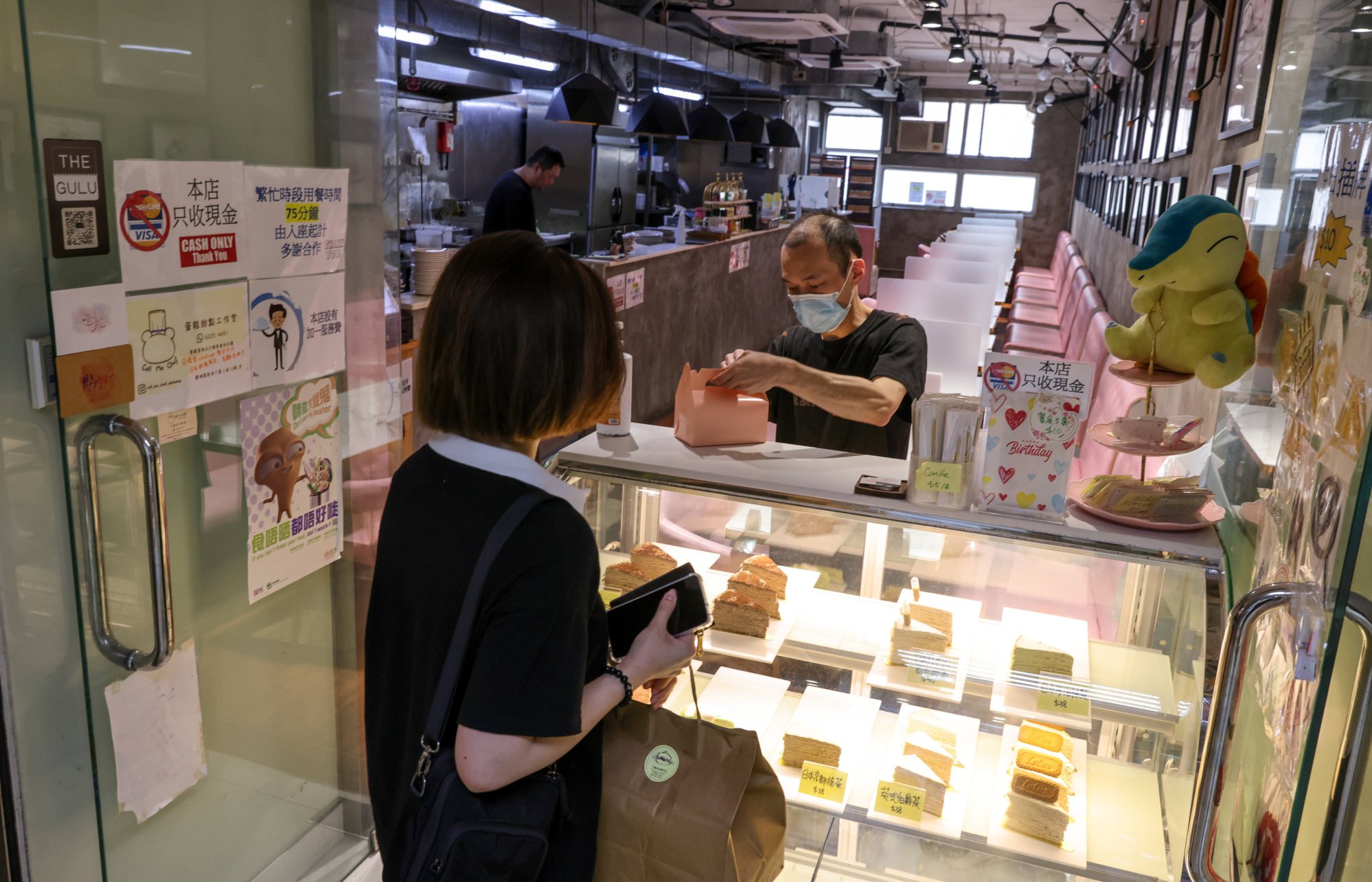
In particular, Hong found Camel Paint Building, listed by his group as one of the tourist attractions in the city, to be special with Hong Kong characteristics showcasing the city’s entrepreneurial spirit as tenants had milked the most value out of a vacant factory.
He said the building gradually transformed into a local mall with eateries and retail shops after it was left vacant in 1997 when the occupying company relocated factories to the mainland.
“It is a good demonstration of localising resources we already possess,” Hong said. “I think it can showcase the spirit of Hongkongers, where they do their best and find the most value out of something.”
Mainland Chinese tourists drop shopping and chase Hong Kong’s ‘trending’ side
Lai, the factory building restaurant operator, also agreed that industrial blocks could be a tourist draw, likening these locations to night markets in Taiwan.
“You won’t know what is being sold here in the factory buildings, there is a sense of mystery here for people who have never visited before,” he said. “However, once you enter it, you will see a variety of things.”
Lai noted that as a store owner, clarity from the government on such businesses was the foremost concern.
“You can allow us to keep operating or not, you can even develop a policy to regulate industrial buildings for the long term as well, but you need to have clear planning and a timeline on how to do it.”
*Name changed at interviewee’s request
More from South China Morning Post:
- Can Hong Kong hawker food beef up Temple Street? Industry head says comeback on the menu, but vendors may be barred from using fire
- Hong Kong’s bid to bring back the city’s nighttime buzz creates some good vibes while street food, drinks go down a treat
For the latest news from the South China Morning Post download our mobile app. Copyright 2023.





